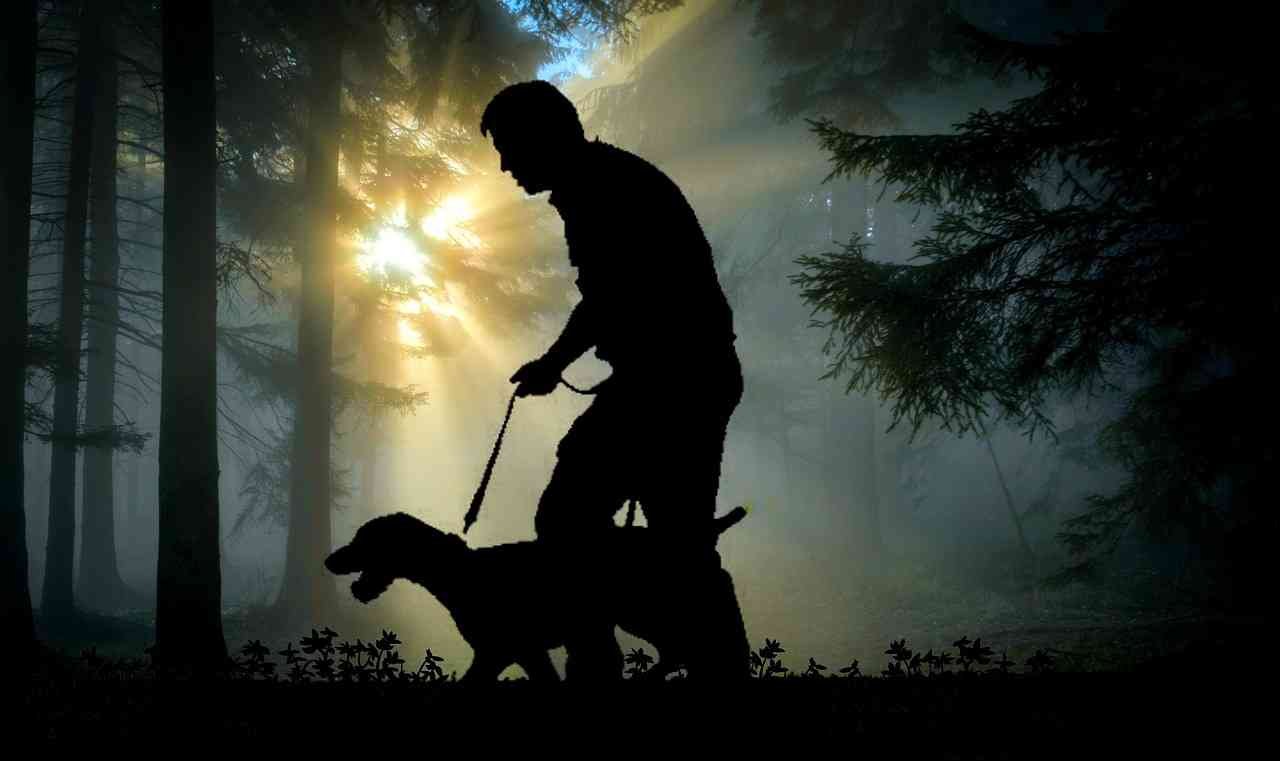The Evolution of the Human-Dog Bond: From Ancient Partners to Beloved Companions
The relationship between humans and dogs is one of the oldest and most unique partnerships in the animal kingdom. Spanning tens of thousands of years, this bond has evolved from a practical alliance to a deep and enduring friendship. Understanding this journey not only highlights the special place dogs hold in our lives but also reveals the profound impact they have had on human society.
The Beginnings: From Wolves to Companions
The origin of the human-dog bond can be traced back to prehistoric times, approximately 20,000 to 40,000 years ago, when wolves began to interact with human hunter-gatherers. The exact reasons for this initial interaction are still debated, but it is widely believed that some wolves, less aggressive and more curious than others, began to approach human camps in search of food scraps. These early wolves likely provided humans with valuable services such as alerting them to dangers, assisting in hunts, and protecting campsites.
Over generations, a mutual relationship began to form. Humans likely selected and bred wolves that exhibited friendly and loyal traits, gradually transforming them into the first domesticated dogs. This process, known as domestication, marked the beginning of a deep, symbiotic relationship between the two species.
Early Roles: Hunters, Guardians, and Partners
As humans transitioned from nomadic hunter-gatherers to settled agricultural societies, dogs’ roles expanded significantly. In ancient civilizations, dogs were often bred for specific purposes, such as hunting, herding livestock, and guarding property. Ancient Egyptians, for instance, revered dogs for their hunting prowess, often depicting them in art and even mummifying beloved pets.
Dogs also played critical roles in early societies by serving as symbols of loyalty and guardianship. In ancient Rome, dogs were used to guard homes and properties, and mosaics from this period often featured the inscription “Cave Canem” (“Beware of the Dog”). In Native American cultures, dogs were used as draft animals, pulling sleds and helping with transportation long before the arrival of horses.
Dogs in Mythology and Religion
Throughout history, dogs have held symbolic and spiritual significance in various cultures. In ancient Egyptian mythology, Anubis, the god of mummification and the afterlife, was often depicted with the head of a jackal or dog, symbolizing protection and guidance. In Greek mythology, Cerberus, the multi-headed guard dog of the underworld, guarded the gates of Hades, representing the fierce loyalty of dogs.
These mythological roles underscore how deeply dogs were woven into the fabric of human belief systems, often seen as protectors, guides, and loyal companions.
The Modern Era: From Working Dogs to Family Members
The Industrial Revolution and the rise of urban living brought significant changes to the human-dog relationship. While working dogs remained essential in rural areas, urban households began to view dogs primarily as companions rather than workers. The Victorian era saw the rise of breed standards, dog shows, and the concept of keeping pets for pleasure.
Today, dogs are cherished family members in millions of households worldwide. They provide companionship, emotional support, and, for many, a sense of purpose. Modern science has even revealed that interacting with dogs can lower stress, reduce anxiety, and improve overall well-being, solidifying their role as not just pets but as vital partners in our lives.
A Timeless Bond
The human-dog bond has evolved from a simple, practical alliance to a profound emotional connection that continues to grow stronger. This unique partnership is a testament to the adaptability, loyalty, and love that dogs have brought into our lives for thousands of years. As we look to the future, the bond between humans and dogs will undoubtedly continue to evolve, but its foundation—built on mutual respect and companionship—remains unbreakable.

